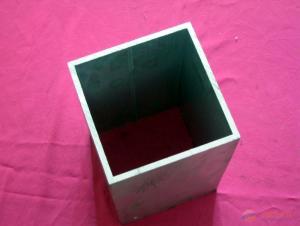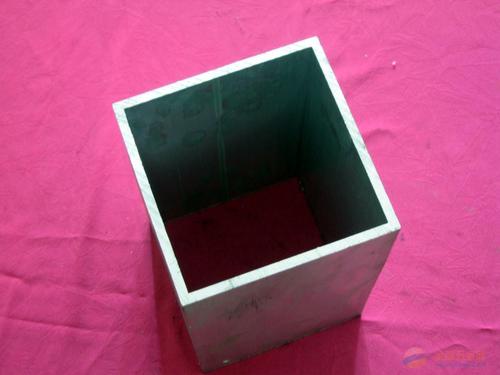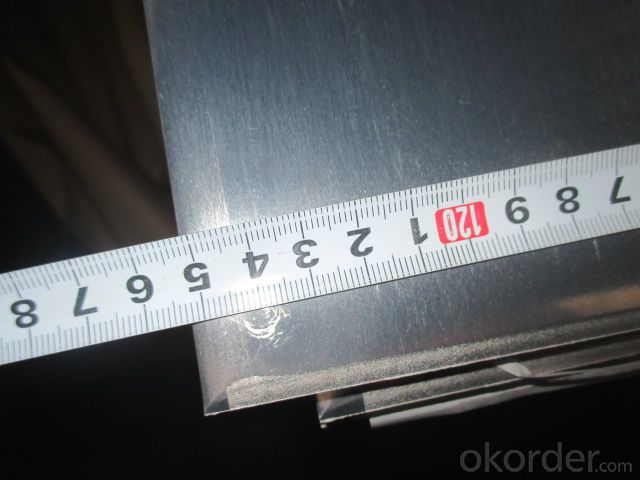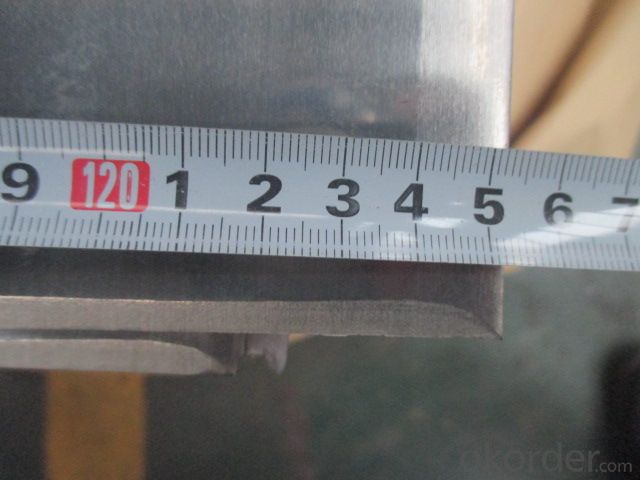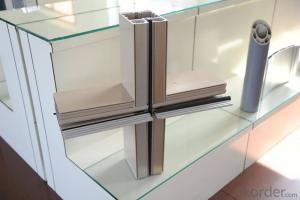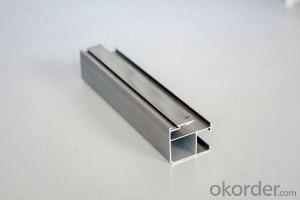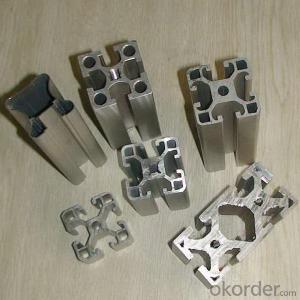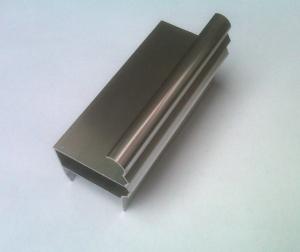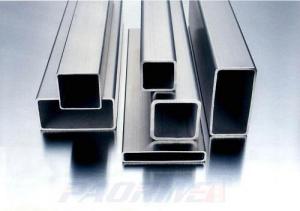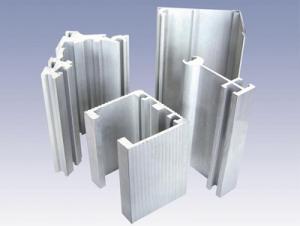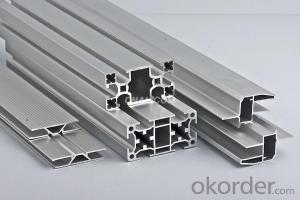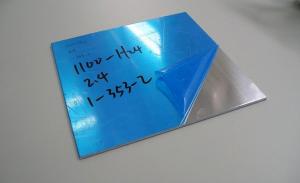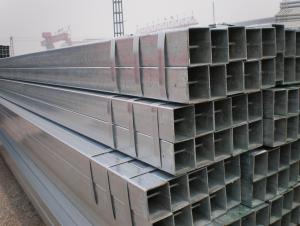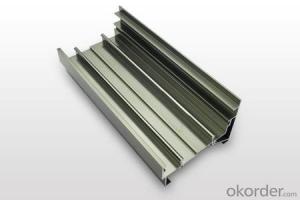Aluminum Extrusion Profiles Illinois - Aluminum Sheet Price Stocks Warehouse Price Cheapest
- Loading Port:
- Shanghai
- Payment Terms:
- TT or LC
- Min Order Qty:
- 3 m.t.
- Supply Capability:
- 5000 m.t./month
OKorder Service Pledge
OKorder Financial Service
You Might Also Like
1.Structure of Product Description
Cold rolled aluminum sheet is widely used in the field of construction field and decoration field, etc.
There are many different grades, such as: 1000 series, 2000 series, 3000 series, 5052,5754,5083,6061,6063,8011, etc.
The temper is include H14, H22, H24, H44,H112,H114,etc.
2. Main features of the product
a.Competitive price
b.Frist-Class Service.
c. Shortest service.
3. Image.
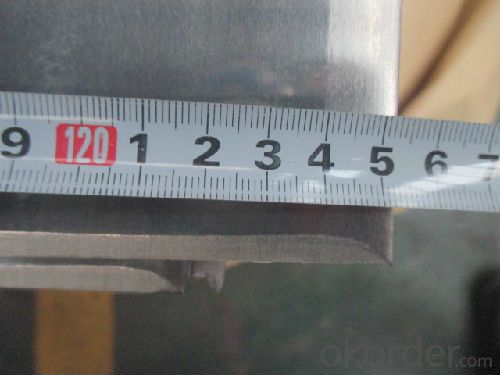
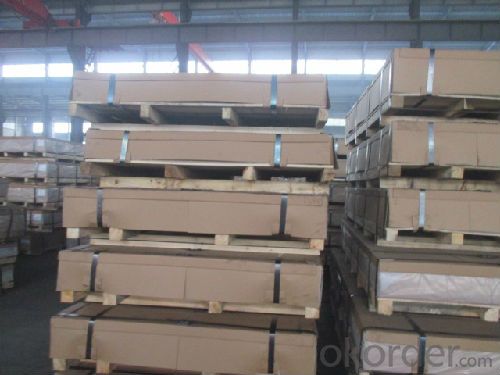
4. Product detailed sizes:
1000mm*2000mm, 1219mm*2438mm,1220mm*2440mm,2500mm,1500mm*3000mm, etc.
5. FAQ:
What is the quality standard?
---Usually our standard is GB3880-2006 or others.
What is the width range?
---It is from 1000mm to 2500mm, etc.
---Normally it is around 9000 tons totally.
Where is your client from?
---Normally it is from Japan, USA, ENGLISH, SINGAPORE, ETC.
What is your mainly products?
---Normally they are aluminum sheet, checkered sheet, mirror finish aluminium sheet, aluminum casting coil, etc.
- Q: This question asks for methods to reduce waste associated with the production and utilization of aluminum profiles in the construction industry.
- <p>To minimize waste during the production and use of aluminum profiles in construction, one can adopt several strategies: 1. Optimize production processes to reduce material waste by using precision cutting and advanced manufacturing techniques. 2. Implement recycling programs to repurpose scrap aluminum, reducing the need for raw material extraction. 3. Design buildings with modular aluminum components that can be easily disassembled and reused in future projects. 4. Educate construction workers on proper handling and storage to prevent damage and waste. 5. Use computer-aided design (CAD) to accurately plan material requirements, minimizing offcuts. 6. Choose sustainable aluminum sources and suppliers that prioritize waste reduction. 7. Regularly audit and update production methods to incorporate new waste reduction technologies and practices.</p>
- Q: I am a mold professional, in school are mainly plastic mold and stamping die, but I am now in an aluminum extrusion die master apprentice. Draw pictures every day and walk around the workshop. But I have never met any related knowledge before, and I don't know where to start. I don't know what to do. Sometimes even want to give up, but not reconciled. I hope you can give me some advice. Thank you very much!!!
- With the stamping die almost the same, hard to learn ah!
- Q: What are the different surface etching options for aluminum profiles?
- There are several different surface etching options available for aluminum profiles. These options can be used to achieve various aesthetic and functional results. 1. Chemical Etching: This is a common technique that involves applying a chemical solution to the aluminum surface to selectively remove the top layer of material. Chemical etching can create intricate patterns, logos, or text on the aluminum profile. 2. Electrochemical Etching: Also known as electrolytic etching, this method uses an electric current to etch the aluminum surface. Electrochemical etching can create precise and permanent markings on the profile, making it ideal for labeling and identification purposes. 3. Anodizing: Anodizing is an electrochemical process that creates a protective layer of oxide on the aluminum surface. This layer can be further enhanced by etching, which creates a matte or textured finish. Anodizing with etching is commonly used to improve corrosion resistance and provide a decorative appearance. 4. Laser Etching: Laser etching uses high-powered lasers to selectively remove material from the aluminum surface. This technique allows for precise and detailed markings or patterns without the need for physical contact. Laser etching is often used for branding, serial numbers, or decorative designs. 5. Mechanical Etching: Mechanical etching involves physically scratching or engraving the aluminum surface using tools like rotary cutters or diamond-tipped styluses. This method allows for deeper and more pronounced etchings, resulting in a tactile and visually appealing texture. It is important to consider the specific requirements, end-use, and desired outcome when choosing a surface etching option for aluminum profiles. Each technique offers unique advantages and limitations, so it is recommended to consult with a professional or an experienced etching service provider to determine the most suitable option.
- Q: Can aluminum profiles be used in display shelving and racking systems?
- Yes, aluminum profiles can be used in display shelving and racking systems. Aluminum profiles offer various benefits such as lightweight, durability, and versatility, making them suitable for these applications. They can be easily customized, assembled, and adjusted to meet specific shelving and racking requirements. Additionally, aluminum profiles provide an aesthetically pleasing and modern look to the display shelving and racking systems.
- Q: What is the opening section of aluminum profile?
- The opening position and the closed position are corresponding to the open section bar and the closed section section. Closed form refers to the outer contour of a profile forming a closed box shaped body; the opening is an outer contour without closure or no full closure. However, many practical profiles are more complex, with closed parts and open parts, which naturally produce "opening parts" and "closed parts"".The minimum column section thickness of the main stress parts, mainly referring to the national standard "Aluminum Alloy" building material GB/T5237 on the wall with a minimum thickness profile for 3.0mm, for the closed box section, with good resistance to local instability of the performance, can use a smaller wall thickness, the minimum wall thickness 2.5mm profiles, thus allowing.
- Q: Can aluminum profiles be used for exhibition booths?
- Indeed, exhibition booths can make use of aluminum profiles. These profiles possess the qualities of being lightweight, durable, and simple to assemble, rendering them a favored option for constructing exhibition booths. They can be personalized effortlessly to suit particular design necessities and can be employed for fabricating walls, frames, and structures to showcase products and promotional materials. Furthermore, aluminum profiles can be conveniently transported and stored, making them an ideal selection for exhibition booths requiring multiple setups and dismantlings. Ultimately, aluminum profiles provide adaptability and convenience in fabricating visually captivating and practical exhibition booths.
- Q: How do aluminum profiles compare to other materials used for construction and manufacturing?
- Aluminum profiles have several advantages over other materials commonly used in construction and manufacturing. Firstly, aluminum is lightweight, making it easier to handle and transport, which can result in cost savings during construction or manufacturing processes. Additionally, aluminum profiles are highly corrosion-resistant, making them ideal for outdoor applications or environments with high moisture content. This durability also means that aluminum profiles have a longer lifespan compared to materials like wood or steel, reducing the need for frequent replacements and maintenance. Aluminum profiles are also highly versatile in terms of design and customization. They can be easily shaped and molded into various forms and sizes, allowing for greater flexibility in architectural or manufacturing designs. Moreover, aluminum profiles can be easily joined together using various methods like welding or mechanical fastening, enabling efficient assembly and construction processes. In terms of sustainability, aluminum is a highly recyclable material, and aluminum profiles can be easily recycled without losing their quality or strength. This makes them an environmentally-friendly option, as they contribute to reducing waste and energy consumption. However, it is important to note that aluminum profiles may have some limitations compared to other materials. For example, aluminum is not as strong as steel, which may restrict its use in applications requiring high structural integrity. Additionally, the initial cost of aluminum profiles may be higher than other materials, such as wood or plastic. Nevertheless, when considering the long-term benefits and advantages, aluminum profiles often prove to be a favorable choice for construction and manufacturing projects.
- Q: What are the different shapes available for aluminum profile cross-sections?
- There are numerous shapes available for aluminum profile cross-sections, including but not limited to, square, rectangular, round, T-shaped, I-shaped, U-shaped, L-shaped, and hexagonal.
- Q: What are the benefits of using aluminum profiles in interior design?
- Using aluminum profiles in interior design offers several benefits. Firstly, aluminum is a lightweight material, making it easy to handle and install. This allows for flexibility in design, as it can be easily shaped and formed to create unique and intricate patterns. Secondly, aluminum profiles are durable and long-lasting, ensuring that the interior design elements will stand the test of time. They are resistant to corrosion, moisture, and UV rays, making them suitable for various environments, including bathrooms and outdoor spaces. Additionally, aluminum profiles are highly customizable, with a wide range of finishes and colors available. This allows designers to create a cohesive look and feel throughout a space, matching the profiles to other elements such as furniture or fixtures. Furthermore, aluminum profiles are eco-friendly, as they can be recycled and reused. This aligns with sustainable design practices and contributes to reducing environmental impact. Overall, the benefits of using aluminum profiles in interior design include their lightweight nature, durability, versatility, customization options, and eco-friendliness, making them an excellent choice for creating stylish and long-lasting interior spaces.
- Q: Measuring 3 meters long aluminum profiles of the straightness, you have what good method? What is the maximum deviation value allowed by our industry? In addition to the platform measurement, and what are the economic and practical methods, our factory stalls are small. Consider input costs.
- The friend the profiles of the straightness, don't know you mean curvature profile, or twist, there are clear provisions in the building material standard GB5237-2008 and GB/T6892-2006 standard in all industrial sections, such as building materials in the standard GB5237-2008, the bending degree is divided into ordinary grade, high grade, high precision class.
Send your message to us
Aluminum Extrusion Profiles Illinois - Aluminum Sheet Price Stocks Warehouse Price Cheapest
- Loading Port:
- Shanghai
- Payment Terms:
- TT or LC
- Min Order Qty:
- 3 m.t.
- Supply Capability:
- 5000 m.t./month
OKorder Service Pledge
OKorder Financial Service
Similar products
Hot products
Hot Searches
Related keywords
